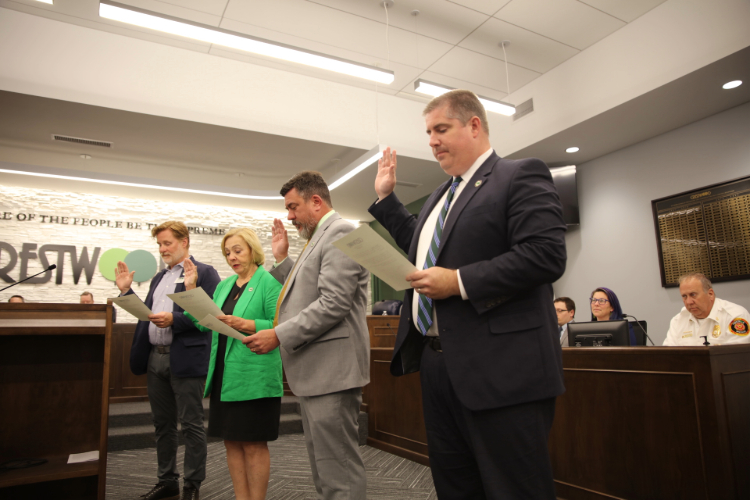Staff report
Gov. Jay Nixon recently signed legislation that allows for the Mehlville School District’s tax-rates to be certified.
Nixon on July 5 signed into law House Bill 506. Dubbed the “Mehlville Fix,” the measure is designed to solve a glitch in state law that has left the district’s property tax rates for the past two years uncertified by the state auditor’s office.
HB 506 allows the auditor to calculate a school district’s multiple subclasses of tax rates against a “blended” rate instead of a single rate.
When the certification issue first arose in 2009, then-State Auditor Susan Montee allowed the district to fix the problem through legislation and didn’t refer the matter to Missouri Attorney General Chris Koster’s office for possible injunctive relief.
But legislation that would’ve solved the problem failed to make it through the General Assembly in previous sessions despite being inserted into several bills.
This time around, legislators filed stand-alone bills, and the district found support from lobbyists with the Missouri School Boards’ Association and Cooperating School Districts.
Republican state Reps. Gary Fuhr of Concord, Cloria Brown of Lemay and Marsha Haefner of Oakville co-sponsored HB 506. Sen. Jim Lembke, R-Lemay, sponsored its counterpart, Senate Bill 210.
District voters in November 2008 approved Proposition T, which transferred roughly 31 cents per $100 of assessed valuation from the district’s debt-service fund to the operating fund.
The issue with the state auditor’s office arose from Prop T and involves tax-rate calculations unique to St. Louis and Jackson counties.
Beginning in 2003, taxing entities in those two counties were required by state law to calculate separate tax rates for residential, agricultural, commercial and personal property.
The state auditor’s office, however, must be able to reconcile those four rates with a single-rate calculation, which was the method used before 2003.
State law allows a taxing entity to place a proposition on the ballot that either establishes a new tax-rate ceiling or requests a specific amount of an increase to the tax-rate ceiling.
Because the goal of Prop T was to not increase the district’s overall tax rate, the ballot language established specific amounts of the residential property, commercial property, agricultural property and personal property tax-rate ceilings instead of seeking a 31-cent increase to the ceilings.
State law required the board to vote in August 2008 to place Prop T on the November 2008 ballot — before officials received the district’s final 2008 assessed valuation figures from the county. As a result, the calculations for the ballot language were computed with the district’s 2007 assessed valuation figures.
Because the ballot language was based on the district’s 2007 tax-rate ceilings and not the 2008 tax-rate ceilings, the single-rate calculation wouldn’t reconcile with the four separate rates and the state auditor’s office would not certify the district’s tax rate.
The issue has had little impact on district taxpayers as the county still has levied the property-tax rates approved by the Board of Education.


















